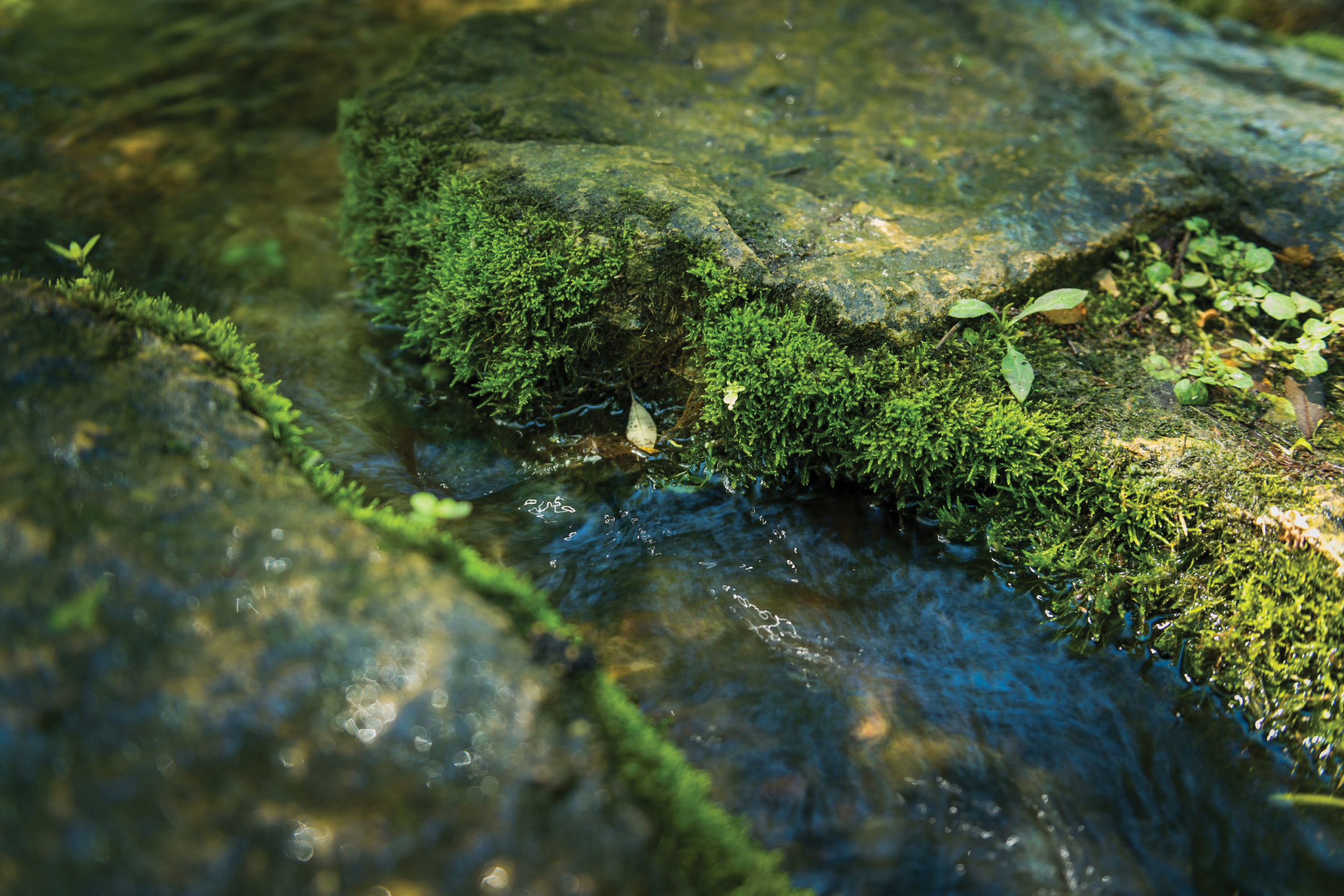Nov. 20, 2024
By Marie Zhuikov
We all know that oil spills pollute water. But what might be news is that they can also trigger the release of natural pollutants when the spills reach groundwater. This pollution domino effect is the topic of a current Water Resources Institute-funded study by Matt Ginder-Vogel at the University of Wisconsin–Madison with investigators Beth Parker from the University of Guelph and Jessica Meyer from the University of Iowa.
The team found the perfect real-world location for their two-year experiment in Cottage Grove, Wisconsin, which is about 12 miles east of Madison. This is the site of multiple past organic hydrocarbon (oil) spills from an organic solvent recycling plant. Parker and Meyer actually began studying the area decades ago, tracking the path of the oil pollution in the groundwater of the Tunnel City Aquifer to ensure it doesn’t impact drinking water sources.

Ginder-Vogel, an associate professor with the UW–Madison’s Department of Civil and Environmental Engineering, said he’s been able to benefit from the hydrological data that Parker and Meyer have collected. Originally, he was interested in looking at radium as a natural aquifer pollutant. But he couldn’t resist the opportunity to study and quantify how the hydrocarbon contaminants might impact radium and other natural pollutants found in the Tunnel City Aquifer, such as arsenic, uranium and strontium. In a previous study, he found that radium levels in the pollution plume were well below the U.S. drinking water standard but were elevated compared to normal background levels.
“It’s just one of these natural experiments that groundwater geochemists like me get really excited about,” said Ginder-Vogel. “It’s rare to find a field site where someone really understands the hydrogeology like Beth and Jesse do and has some historical data on how the water’s been moving around and some basic water chemistry data.” This allowed Ginder-Vogel to ask bigger picture geochemistry questions for this current project.
He described the chemical process by which hydrocarbons release natural pollutants as one where the oil, once it enters the aquifer, depletes the oxygen in the groundwater. “Once you get rid of the oxygen, you drive a whole cascade of geochemical reactions that can dissolve minerals.” The minerals then enter the groundwater from the surrounding rock.
The team is collecting water samples from groundwater monitoring wells placed by Parker and Meyer. They’ll also work with the Wisconsin Geological and Natural History Survey’s core repository (rock cores) to find areas with interesting geochemistry in the aquifer. Then they’ll design lab experiments to explore different conditions they notice in the field to figure out what variables control natural contaminant release into the water.
The results of this research will provide guidance to regulators and water quality managers on the sources of natural contaminants in the Tunnel City Aquifer, which flows under much of southern Wisconsin. In addition, there are other sites in the state where oil spills have occurred, so this research will be applicable to more than just the Cottage Grove area.
“The more we know about how naturally occurring contaminants get released from aquifers and how they move around, the more we’ll be able to keep our groundwater safe for future generations,” Ginder-Vogel said.




